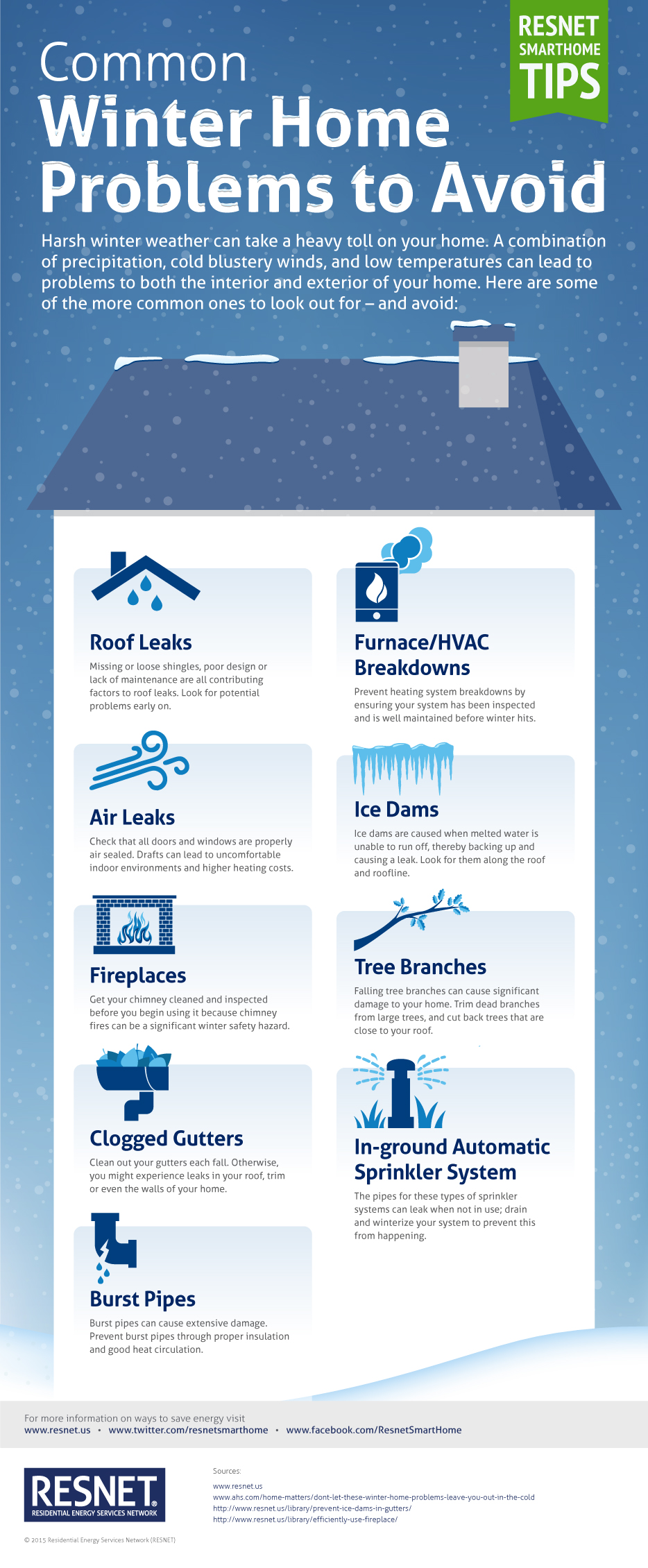Finding Roofing System Damages Early To Prevent Serious Complications
Finding Roofing System Damages Early To Prevent Serious Complications
Blog Article
Content Writer-Cooley Davies
To secure your home from possible costly repair services, recognizing roof covering damage very early is critical. By keeping an eye out for refined signs like missing shingles or water spots, you can catch issues prior to they intensify. Yet what regarding those typically forgotten areas that could hint at covert troubles prowling over you? Remain tuned to discover vital pointers for identifying roof damage before it escalates into a major headache.
Very Early Warning Signs
Detecting roofing system damages early can save you time and money. One vital very early warning sign to watch out for is missing or harmed shingles. If you discover any type of roof shingles that are cracked, curling, or completely missing, it's essential to deal with the concern immediately. These damaged shingles can leave your roofing system at risk to leakages and further damage.
An additional indicator to search for is water stains on your ceiling or walls. kitchen remodel san antonio can show a leak in your roof covering that requires instant focus. Ignoring these water stains can bring about a lot more substantial and expensive fixings down the line.
Furthermore, be on the lookout for any indications of drooping or sagging areas on your roof, as this could show structural damage that needs to be taken care of quickly.
Exterior Evaluation Tips
Regularly inspecting the exterior of your roof covering is crucial for keeping its stability and determining prospective damage early. Start by examining the tiles-- seek any kind of missing, broken, or crinkling shingles, as these can be signs of roof covering damage.
Check the rain gutters for granules from the shingles, as extreme granule loss may indicate aging or weathering. Take notice of the blinking around vents, smokeshafts, and skylights, ensuring they're firmly sealed and free of cracks.
Seek indications of moss, algae, or mold and mildew development, as these can lead to roof damage if not resolved immediately. Furthermore, inspect the fascia and soffits for any water discolorations or rot, which might indicate water damage.
Finally, examine the total condition of your roof from the ground, trying to find any sagging areas or recognizable dips. By carrying out these outside inspections routinely, you can capture roof covering damages early and stop it from turning into a significant problem.
Interior Warning
When inspecting your roof covering for possible damage, do not forget the relevance of checking the inside of your home. hunter's creek roofer can often be early indications of roof issues that need interest.
Start by examining your ceilings for any water stains or staining, as these could signal a leakage in the roofing. Another vital location to evaluate is the attic, where signs of water damages, mold, or mildew might suggest a roof covering trouble.
Pay attention to any moldy smells or a recognizable boost in humidity levels, as these can also be indicators of water intrusion from a harmed roofing system. In addition, drooping locations in the ceiling or walls ought to be taken seriously, as they could be an outcome of water damages weakening the structure.
If you notice any one of these indoor warnings, it's critical to have a specialist roofing contractor evaluate the situation immediately to prevent additional damages and expensive repair services.
Conclusion
By remaining watchful and on a regular basis looking for very early indication of roofing system damages, you can prevent minor issues from developing into significant problems. Watch out for missing out on or harmed shingles, water spots on ceilings or wall surfaces, and any type of drooping or drooping areas on the roofing. By resolving these issues without delay, you can save on your own from pricey repair work and guarantee your roof covering continues to be in good condition for many years ahead. Stay aggressive and protect your home from potential damage.
